Breast cancer & arm lymphedema
Why?
In the upcoming 3 years, the international PRE-ACT team plans to use Artificial Intelligence to predict the risk of side effects from radiotherapy, specifically for breast cancer patients.
Lymph nodes are an important part of your lymphatic system. Lymphedema can be caused by cancer treatments that remove or damage your lymph nodes. Lymphedema is the swelling of tissue caused by an accumulation of protein-rich fluid that is normally drained away through the body's lymphatic system. It usually affects the arms or legs. Any problem that blocks the drainage of lymph fluid can cause lymphedema. Treatment may include compression bandages, massage, compression stockings, sequential pneumatic pumps, careful skin care and, in rare cases, surgery to remove swollen tissue or create new drainage routes.
Radiotherapy is a common treatment for cancer, but it can cause problems like described above. We know that there are certain things that make it more likely that a patient will experience side effects. These include a.o. the type and stage of breast cancer. Information from gene tests and CT and MRI scans can also help us work out these risks. We already have internationally validated results from a number of patients who have had breast cancer who were part of three large studies, Canto, Requite, and Hypo-G. The amount of information or data that we have is very large and so we need to use computer techniques to analyse these.
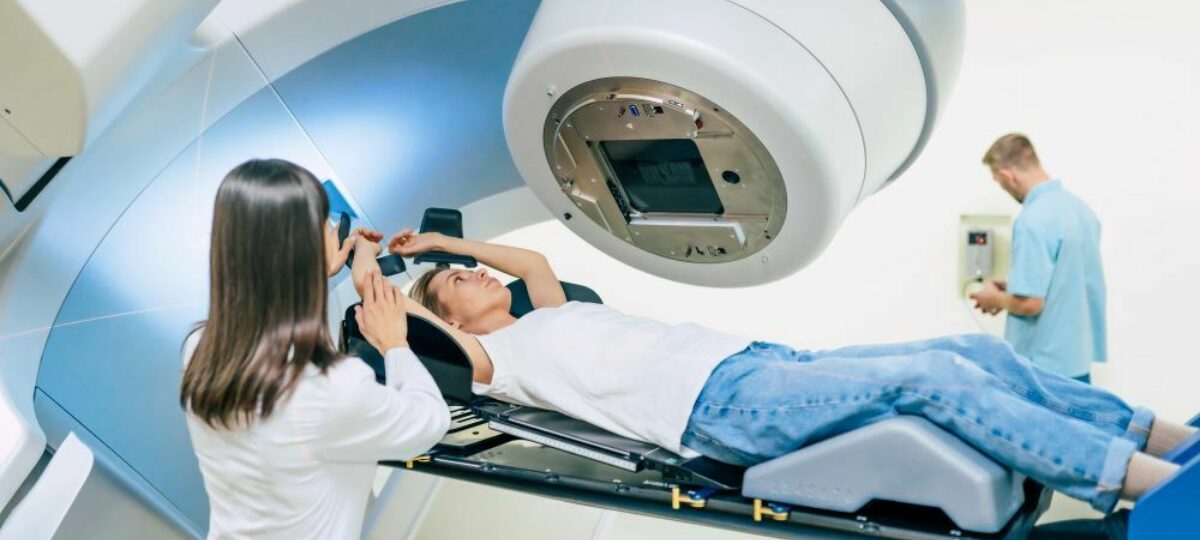
Once we have done this we can use all this information to make a tool to help breast cancer patients and their doctors find out their own individual risk of side-effects after radiotherapy. This will help both doctors and patients to make decisions about the treatment of the patient together.
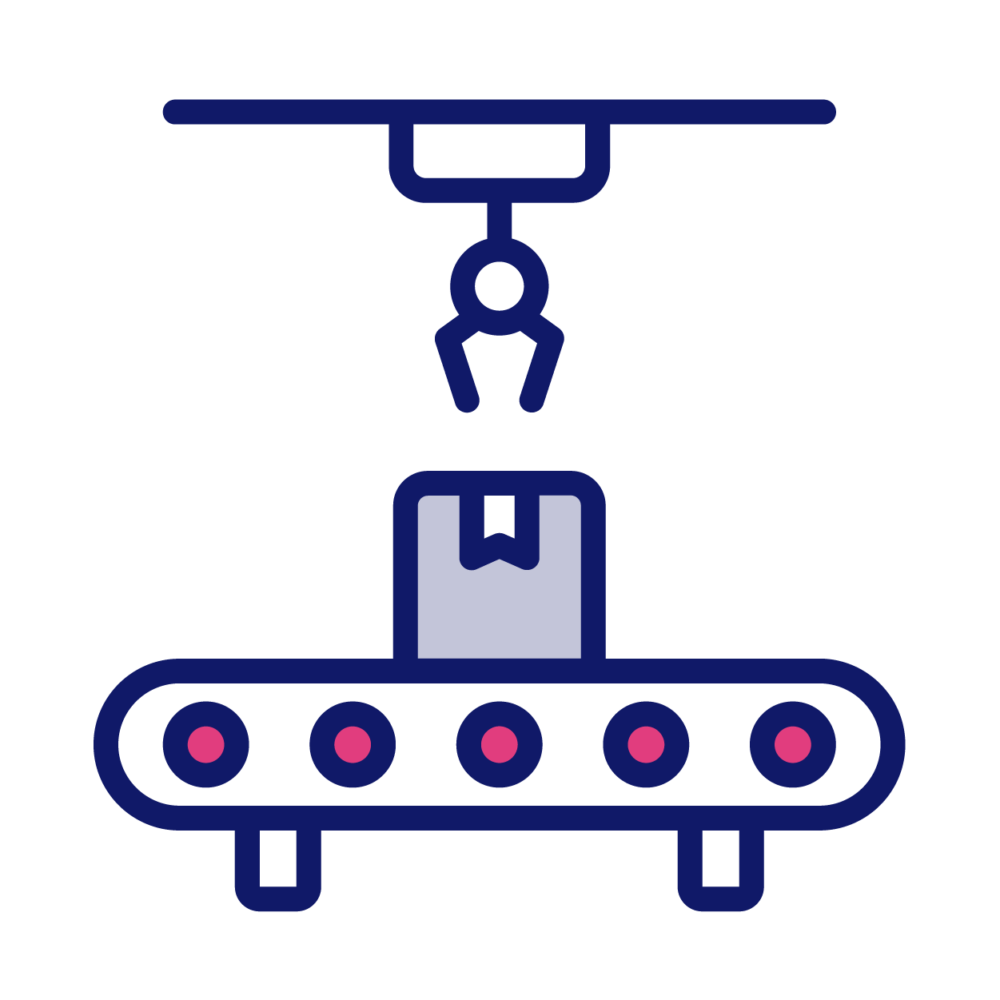
1) Collecting more data
We’ll add extra information to our existing patient records, like genetic markers and heart health data, to help create better Artificial Intelligince models.
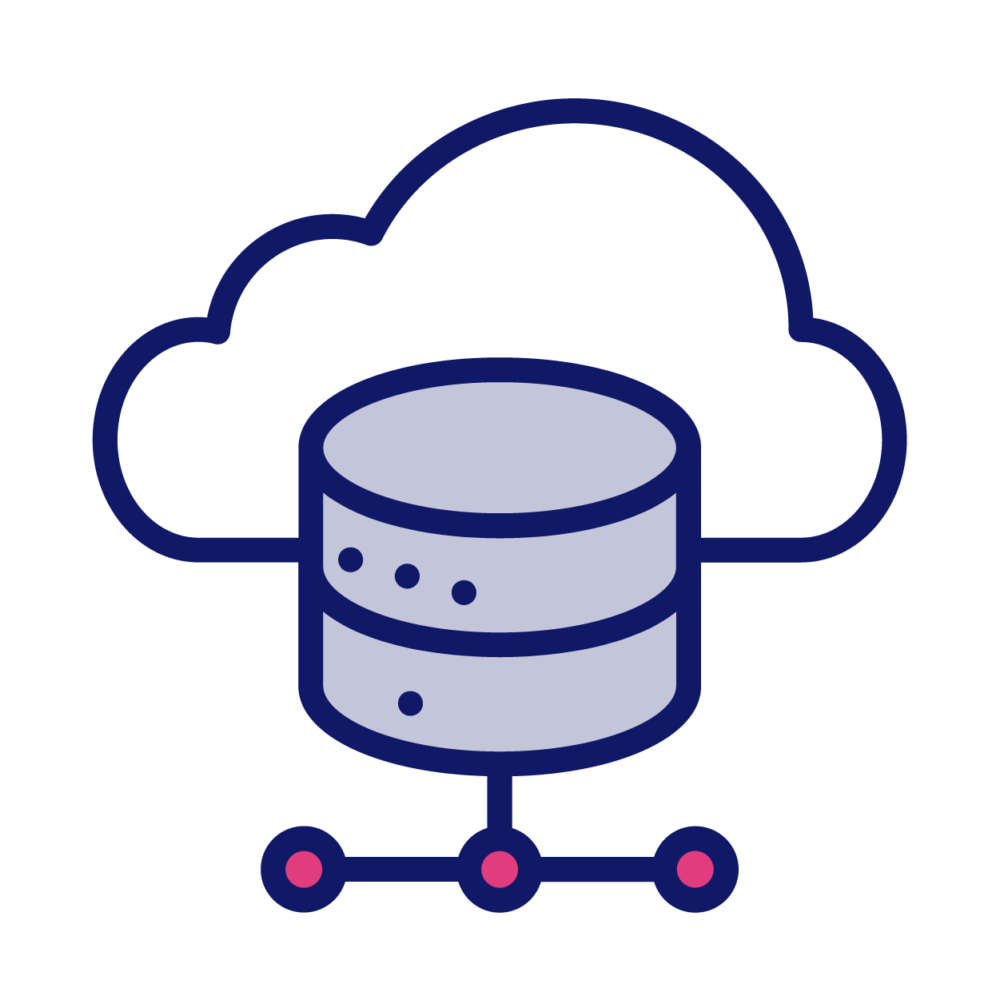
2) Setting up data storages
We’ll create online places to store our data that meet specific standards, so other experts in this field can check the predictions our AI makes and confirm them.
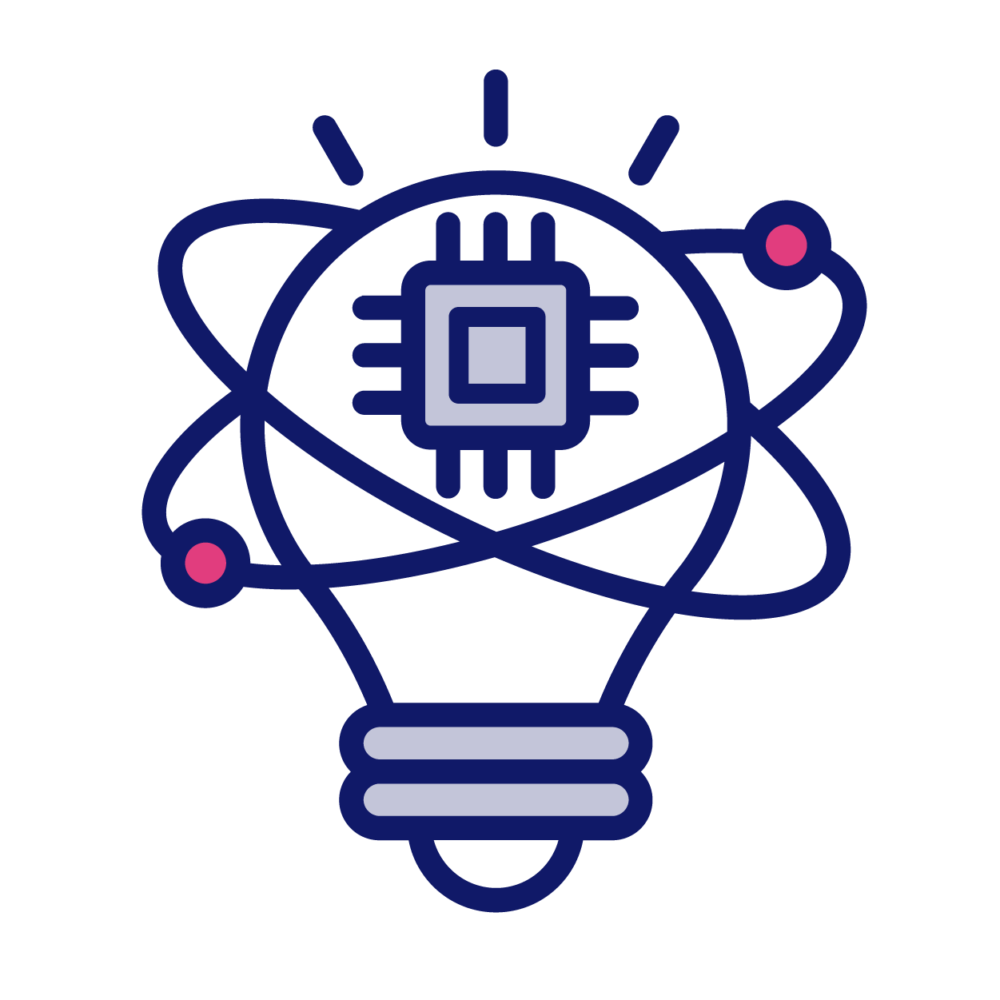
3) Making AI understandable
We’re creating ways to make the AI decisions easier to understand so it becomes more trustworthy, and we’re also testing how fast and clear these decisions are.
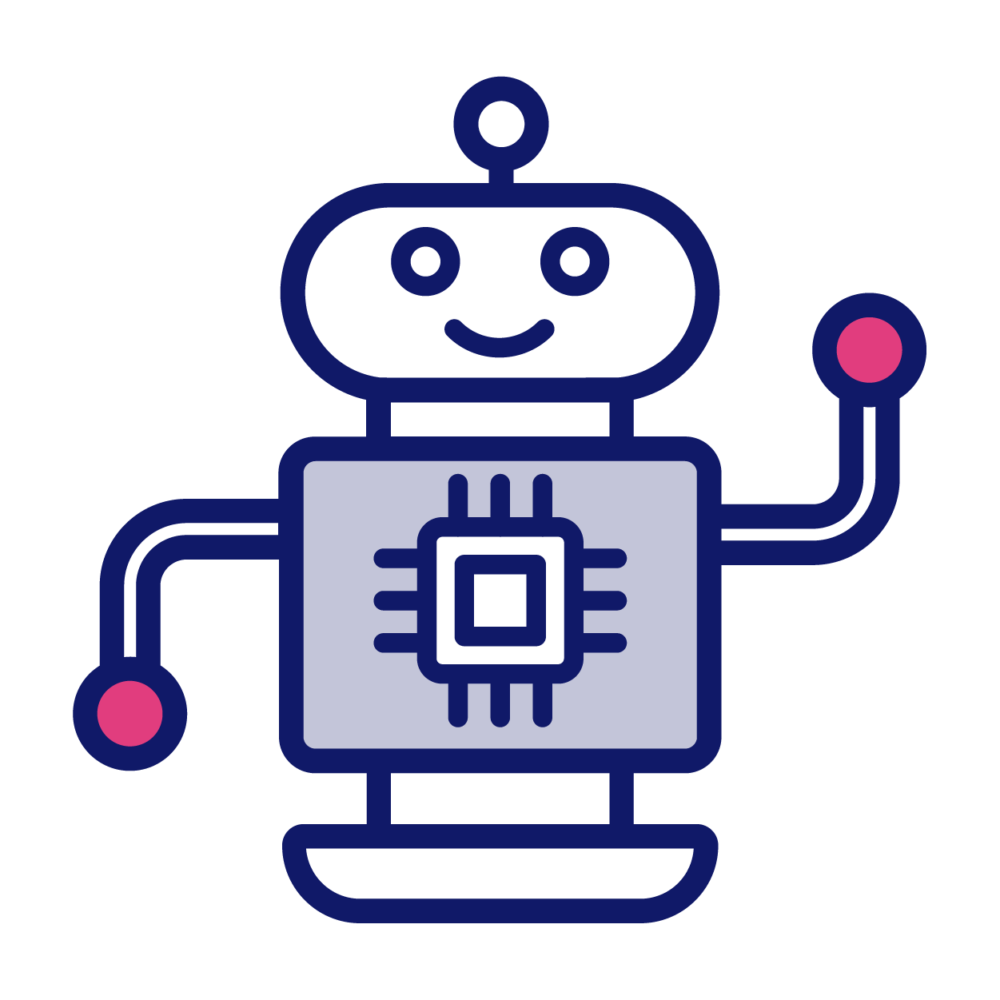
4) Testing AI models
We’ll check if our AI models work well by testing them with data from different places.
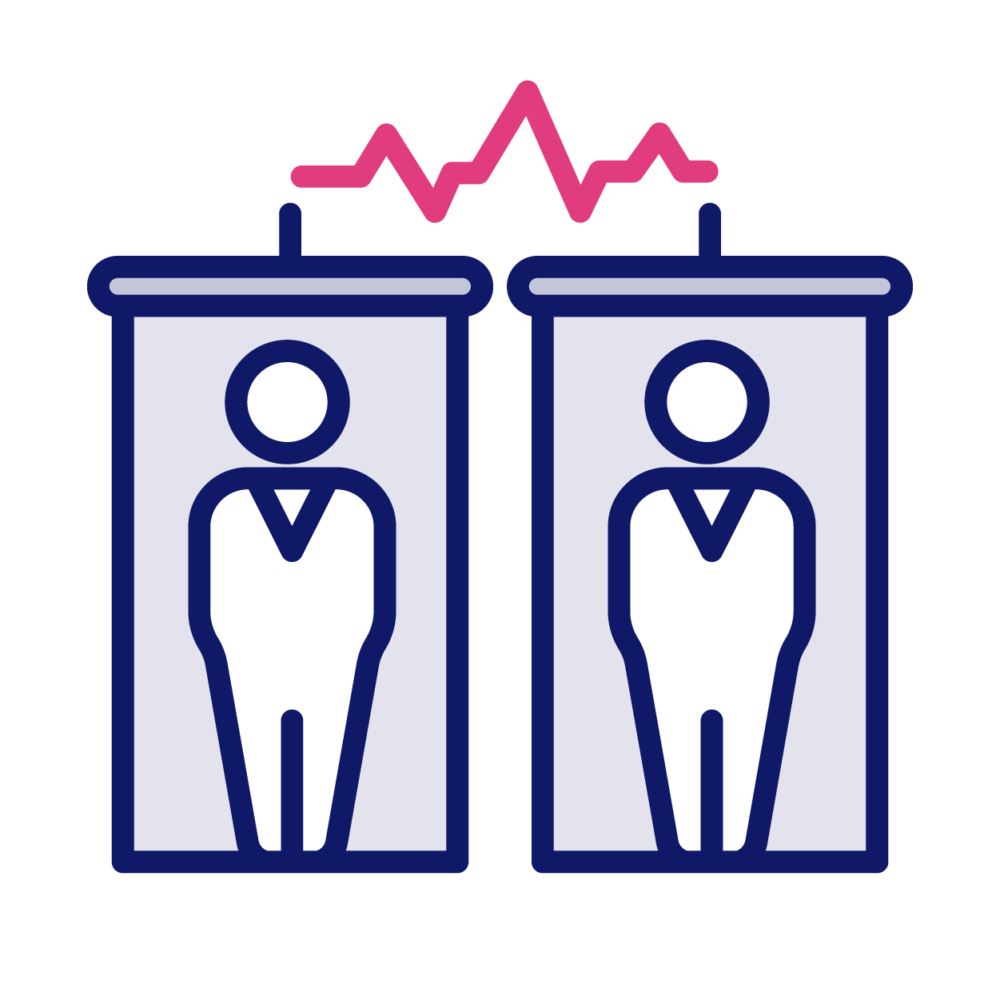
5) Working together with patient and doctors
We’ll work closely with patients and doctors to make sure the system we’re creating is easy to use and helpful.

6) Reducing errors in data
We’ll look into mistakes that can happen when analyzing images, and then find ways to fix them to make sure our data is accurate.
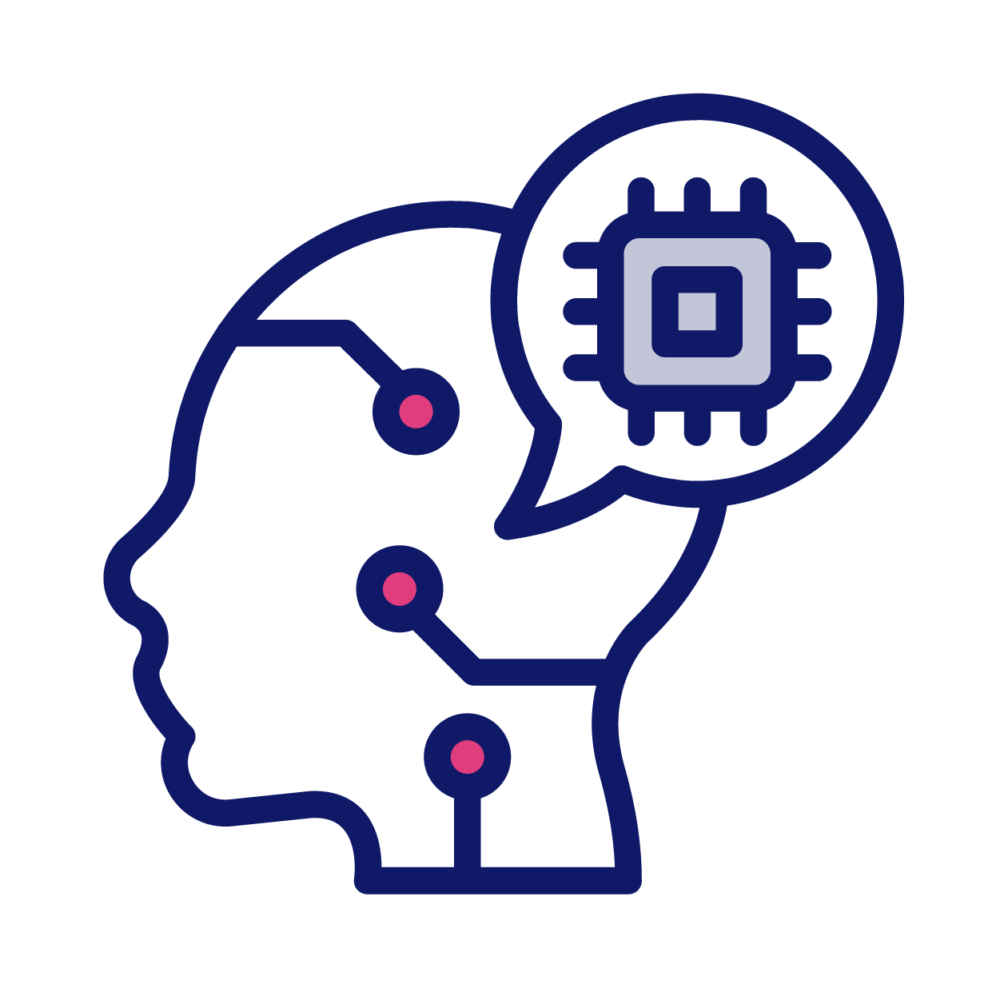
7) Creating Personalized Predictions:
We're making special AI tools that can predict how radiotherapy might affect each patient differently.
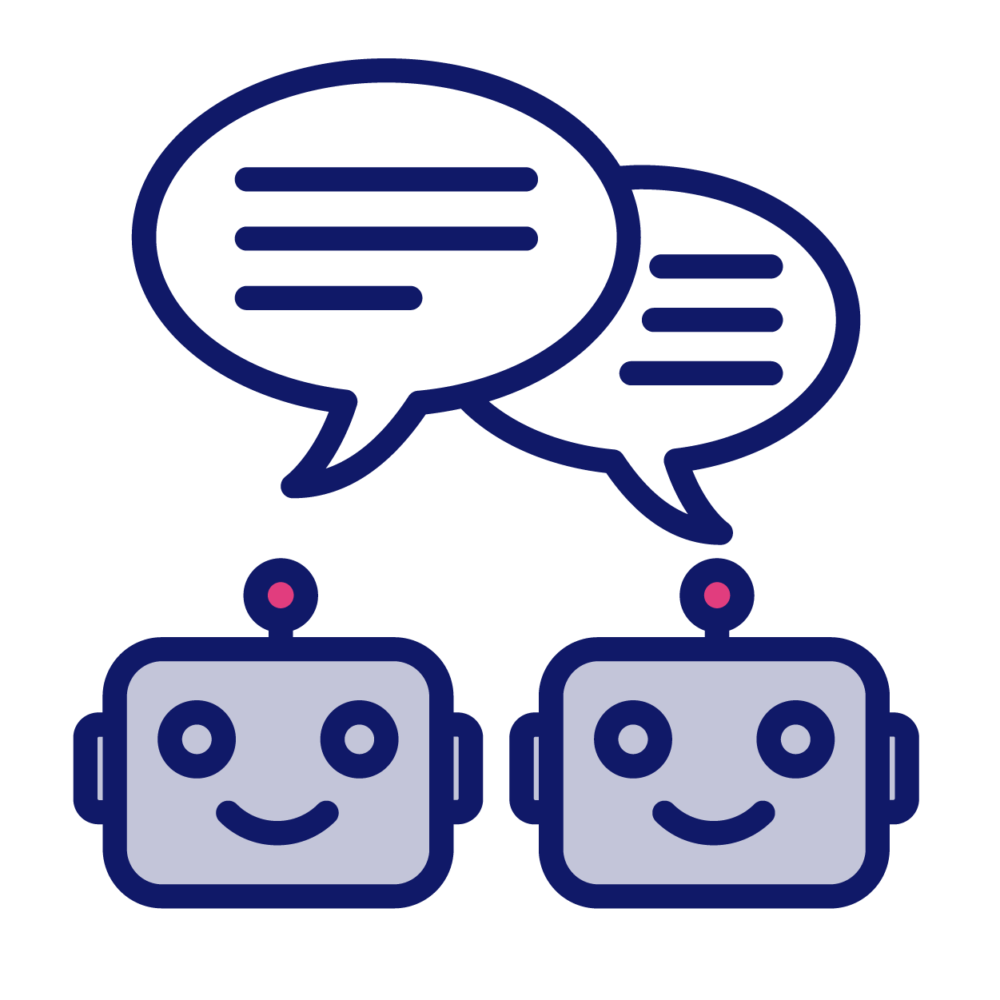
8) Sharing Learning Techniques:
We'll share ways to teach the AI to also predict side effects for other types of cancer.
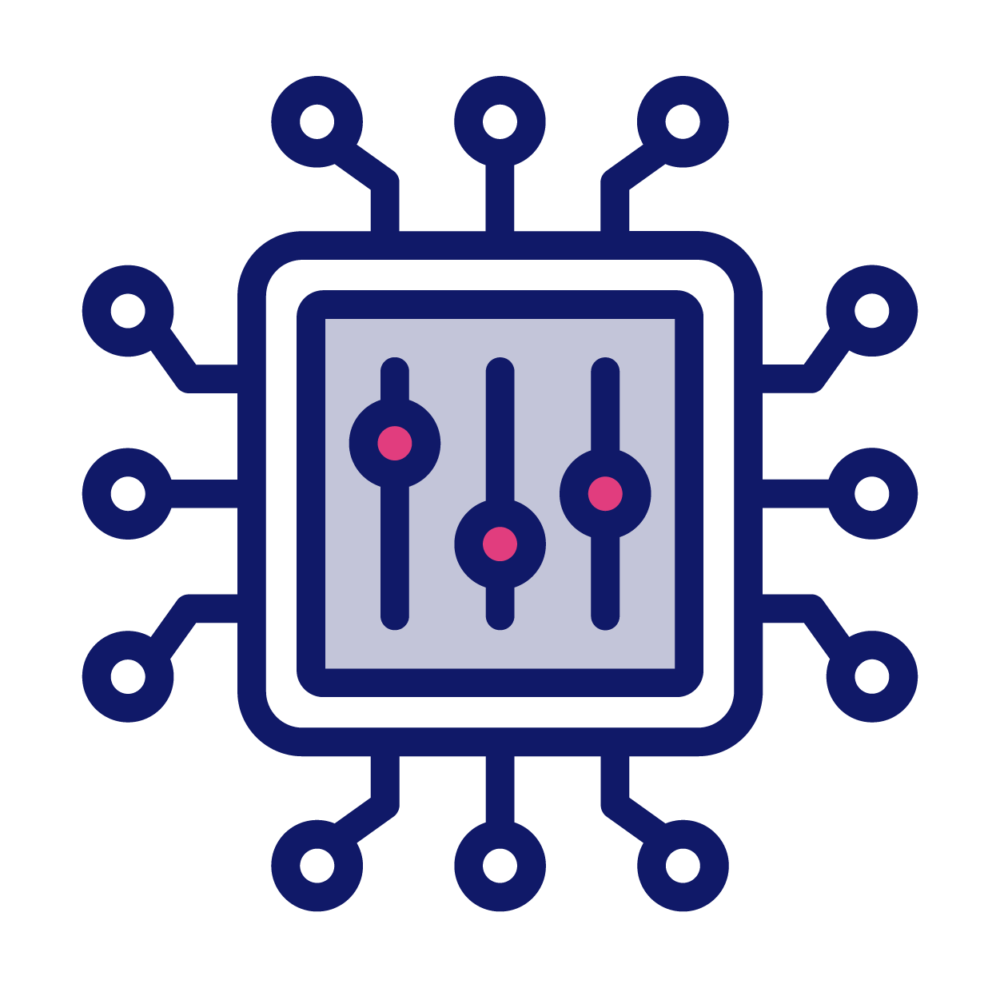
9) Oversee how our AI tool Affects Treatment Choices:
Once our tool is ready and can predict side effects in breast cancerpatients, we'll see if it changes decisions about treatment, and if it helps patients feel better in the long run.

10) Considering Lifestyle Factors:
We'll include things like smoking and education level in our predictions, making sure we are not accidentally biased against certain groups.

11) Improving Analysis Methods:
We're using a smarter way to analyze images to make sure our results are consistent across different places.
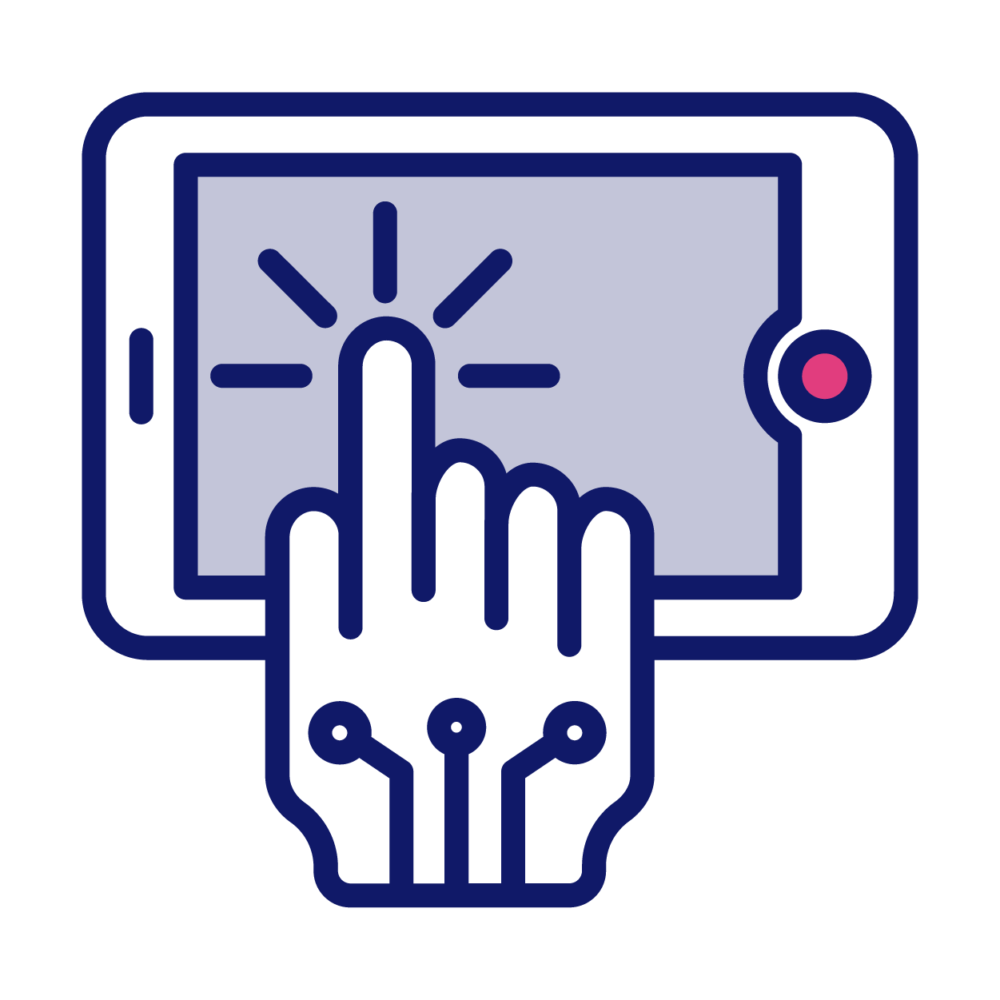
12) Creating an Easy-to-Use App:
We're making an app that helps patients and doctors understand the AI's predictions and make better decisions about treatment.
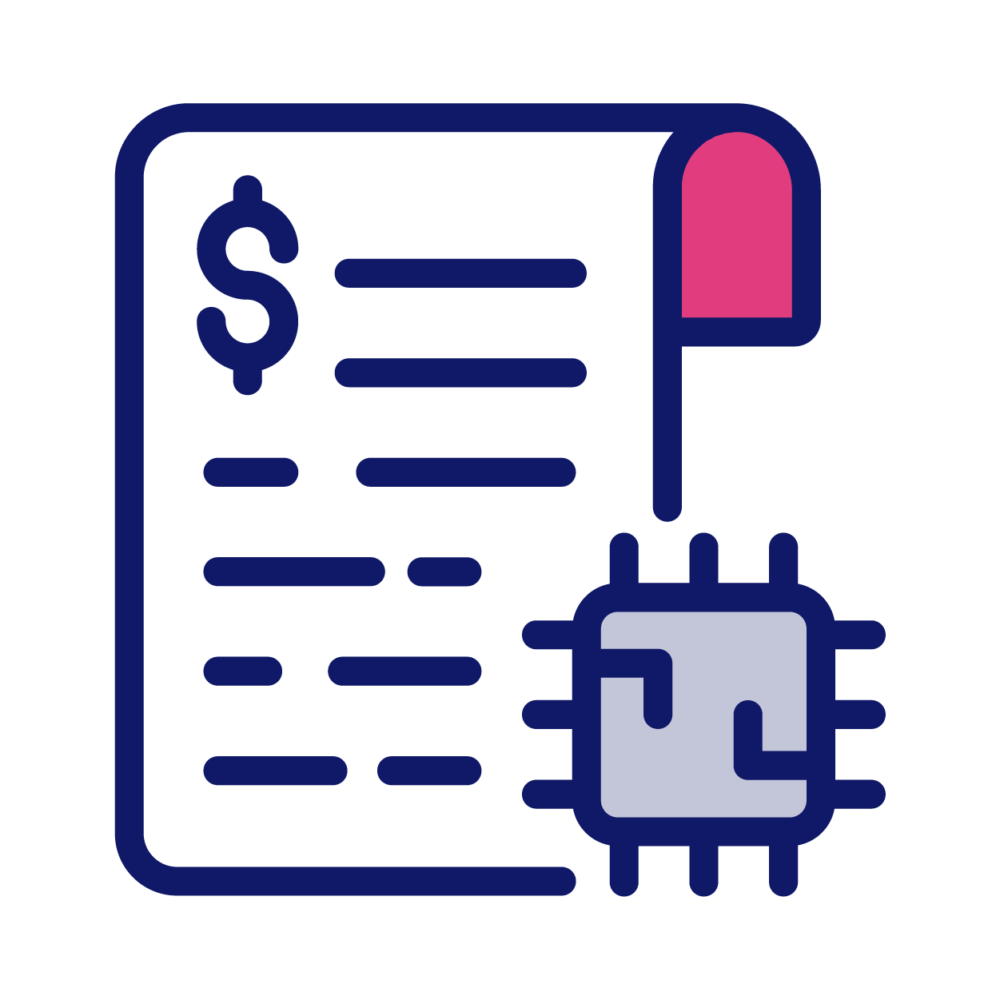
13) Figuring Out Costs:
We'll see if using AI is cheaper and gives better results compared to how we do things now, considering both health benefits and costs.
Timeline
Year 1 – setting up the bases of the project incl. managing and enriching the databases, ensuring
that everything is technical okay and legally settled. Research among patients through focus group
discussions and elaboration in communication models. Resulting in the basic ingredients for the app.
Year 2 – Setting up the AI language models and algorithms incl. testing and making them robust.
Checking if outcome is trustworthy. Further developing the app and refining all kinds of
communication protocols. Developing models to check the application and whether everything is
ethical. But also to develop a model that can measure costs and revenues. And one of the most
important topics: devising and developing the clinical trial in which things can be tested in practice.
Year 3 – Development of all models related to the algorithm, AI, machine learning, the APP,
communication with the patient and the doctor, ethical and economic aspects. And above all, to
carry out the clinical trial in France, the Netherlands and England. The data coming from the surveys in the three countries form the basis for the application in the app. In this way, we ‘train’ the AI to become better, more consistent and robust.

Year 4 – yet to come
Year 5 – yet to come